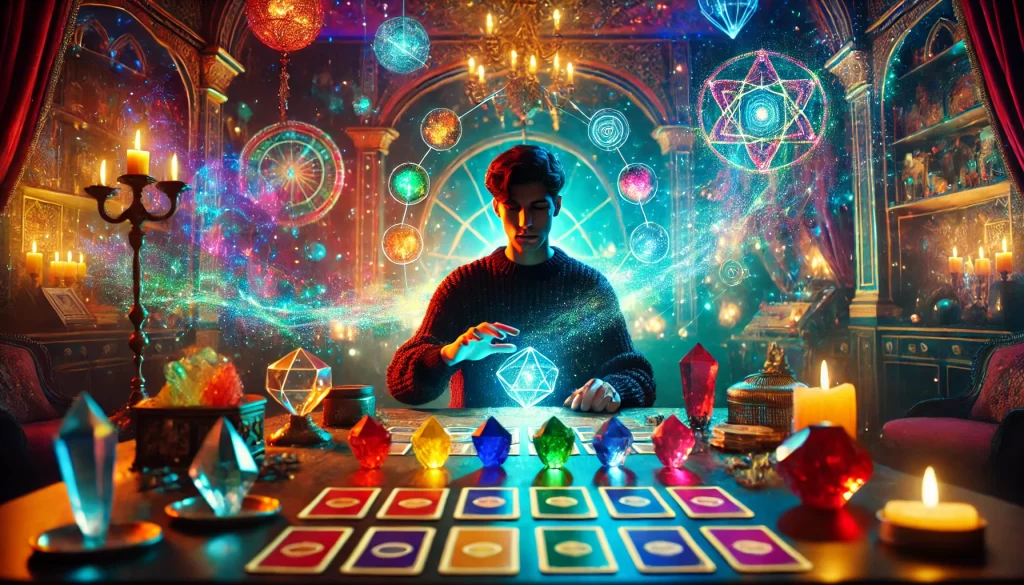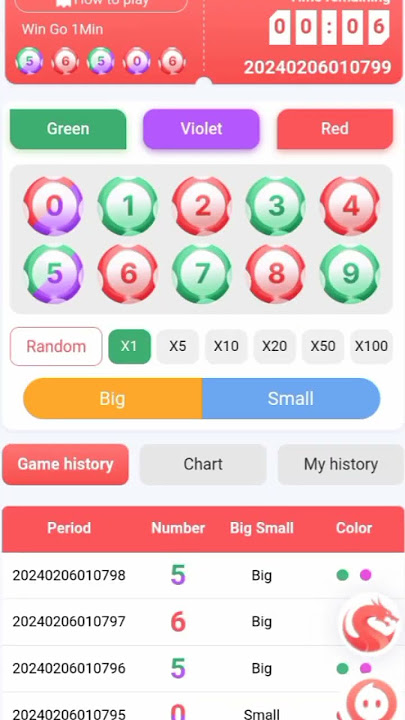
The 91 Club Game Color Prediction is a fascinating game of prediction and chance that has captured the intrigue of many. Originating from mentalism and magic, this game challenges participants to forecast a randomly selected object or item, typically presented as one of three colors: red, green, or blue. Here’s how it works and some tricks to enhance mastery of this intriguing art.
Understanding the Basics
What is 91 Club Game Color Prediction?
The 91 Club Game Color Prediction game blends psychological insight and chance. Participants predict which color—red, green, or blue—will be selected randomly. This game, rooted in the principles of mentalism and magic, offers a thrilling experience for those involved.
Importance of the Game in Mentalism and Magic
In mentalism and magic, prediction games like the 91 club Game Color Prediction are captivating demonstrations of foresight and psychological insight. They provide an engaging way to showcase one’s ability to read patterns, utilize psychological cues, and apply statistical knowledge.
How It Works
Selection of Colors
The prediction options are three colors (red, green, and blue). These colors are usually presented as cards, dice, or any other method where one color can be randomly selected.
Random Selection
A random process determines which of these three colors will be chosen for the prediction. This could involve rolling a die marked with each color or drawing a card from a shuffled deck.
Prediction
Before the random selection, the participant (or performer) predicts the chosen color. This prediction is usually kept secret until the random selection is revealed.
Reveal and Accuracy
Once the random selection is made, the chosen color is revealed. The accuracy of the prediction is then assessed based on whether it matches the selected color.

Techniques to Improve Your Prediction Skills
Observation and Pattern Recognition
Mastering the art of predicting the 91 Club Game Color Prediction requires a blend of intuition, psychology, and strategic thinking. Observation is critical—pay close attention to patterns or cues that might inadvertently reveal the chosen color. Sometimes, subtle clues in how the options are presented or how the selection process is conducted can provide hints.
Psychological Ploys
Utilize psychological principles such as suggestion and misdirection. Your demeanor, body language, and how you phrase your prediction can influence how others perceive your confidence in the outcome. These psychological tactics can subtly guide others’ perceptions, enhancing the impact of your prediction.
Statistical Understanding
While the game appears random, understanding basic probability can give you an edge. For instance, if the selection process isn’t random, specific colors might be chosen more frequently than others. Being aware of these statistical tendencies can help refine your predictions.
Practice and Feedback
Like any skill, practice is critical. Experiment with different methods of prediction and observe which techniques yield better results. Solicit feedback from others to refine your approach. The more you practice, the better you will identify the subtle cues and patterns that influence the game’s outcome.
Mindfulness and Focus
Stay present and focused during the prediction process. Distractions can lead to inaccurate predictions, so practice mindfulness to enhance your ability to read the situation effectively. Being in the moment allows you to interpret better the subtle signs and cues that might hint at the outcome.
Tips for Mastering the 91 Club Game
Enhancing your observation skills, utilizing psychological techniques effectively, and practicing consistently are crucial steps to mastering the 91 Club Game Color Prediction game. Focusing on these areas can improve your prediction accuracy, and you can enjoy the game more thoroughly.
See More : Click here for more tricks and advice
Common Mistakes and How to Avoid Them
Overlooking Subtle Clues
One common mistake is overlooking subtle clues that can indicate the chosen color. To avoid this error, pay close attention to all aspects of the selection process.
Misinterpreting Psychological Cues
Another mistake is misinterpreting psychological cues. To use suggestion and misdirection effectively, ensure you understand the principles of suggestion and misdirection.
Neglecting the Importance of Practice
Finally, paying attention to the importance of practice can help your progress. Consistent practice is essential to refining your skills and improving your prediction accuracy.
Conclusion
The 91 Club Game Color Prediction offers a captivating blend of mystery and skill, challenging participants to predict outcomes with precision and flair. By mastering the techniques of observation, psychology, and strategic thinking, you can elevate your ability to predict the chosen color effectively. Whether for entertainment or as part of a performance, honing these skills adds an exciting dimension to this intriguing prediction game.
Unleash the Secret to 91 Club Color Prediction and Win Big!
